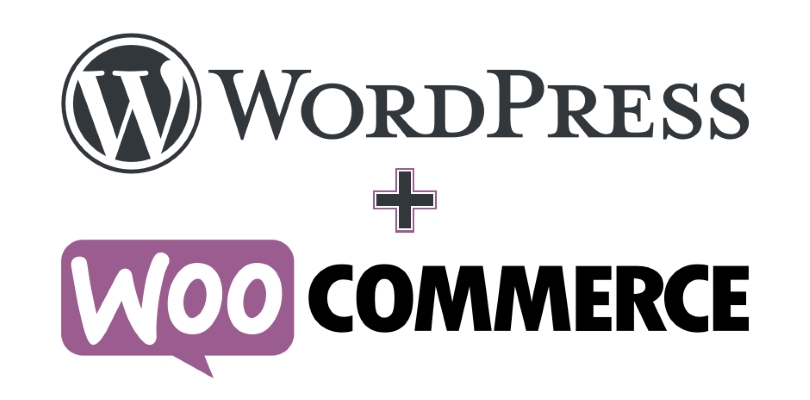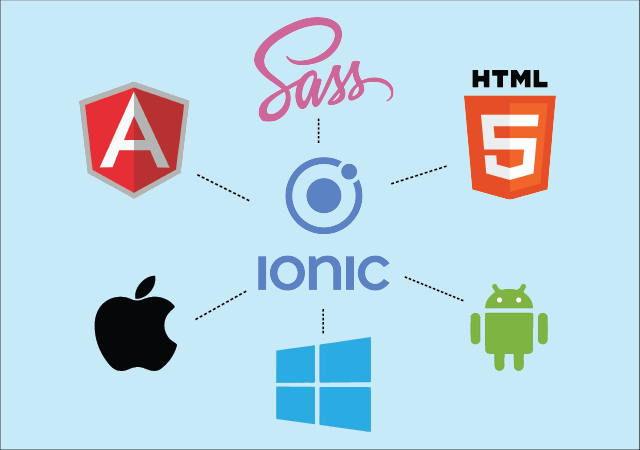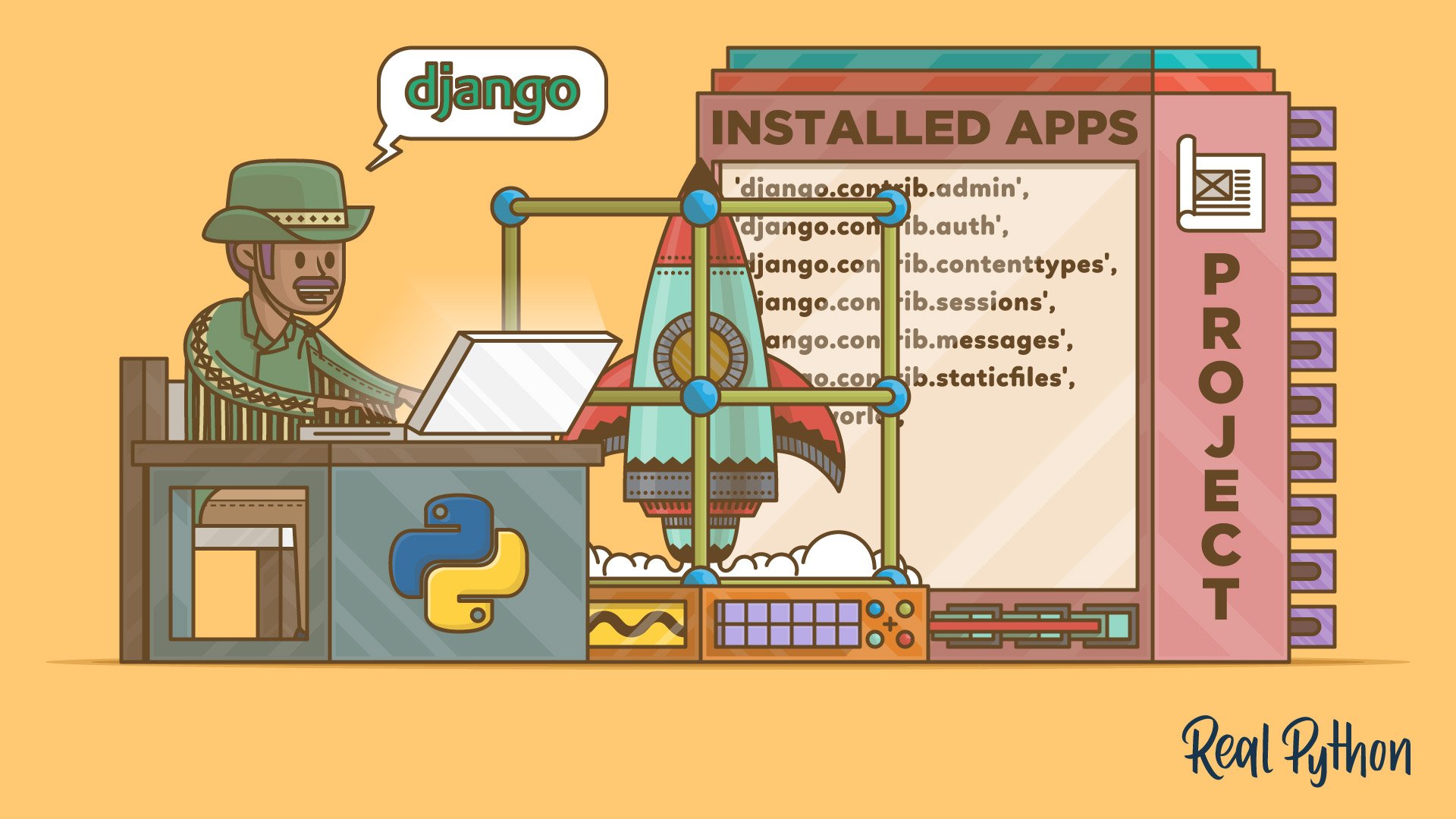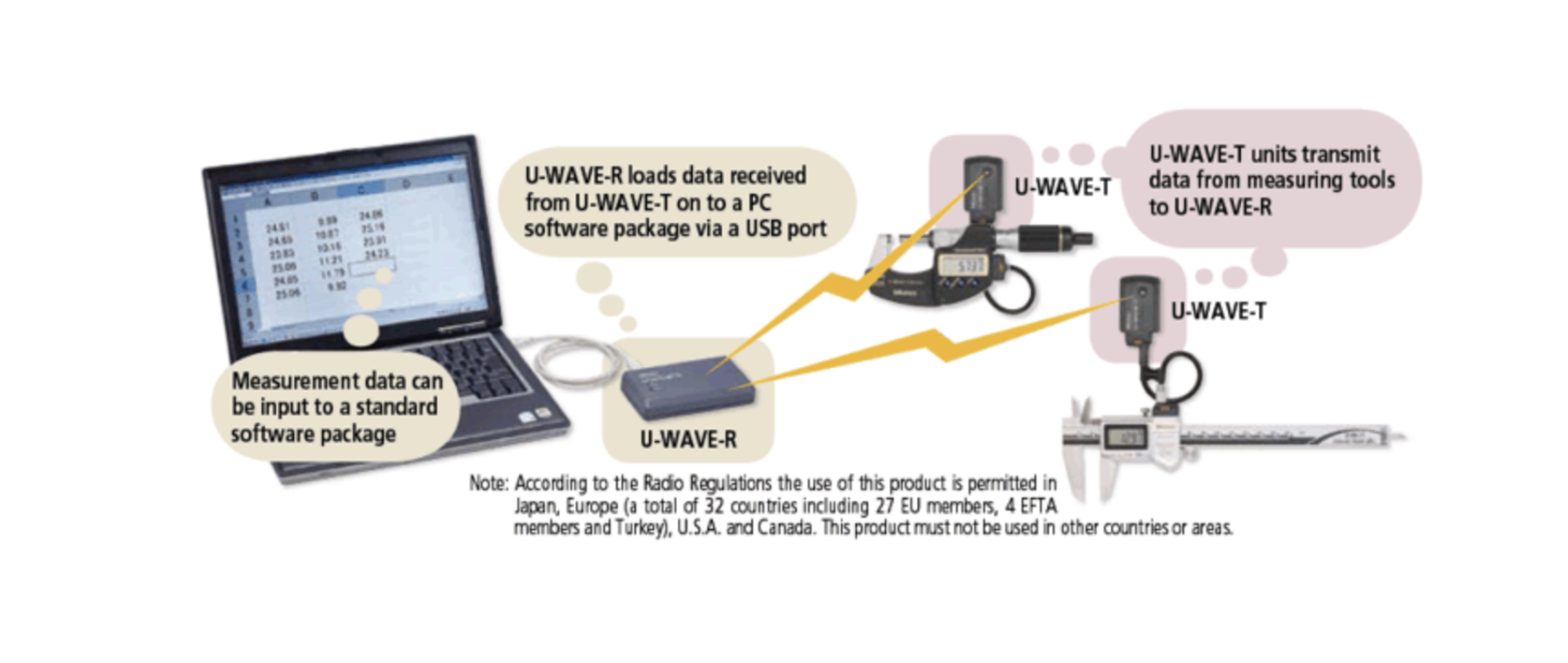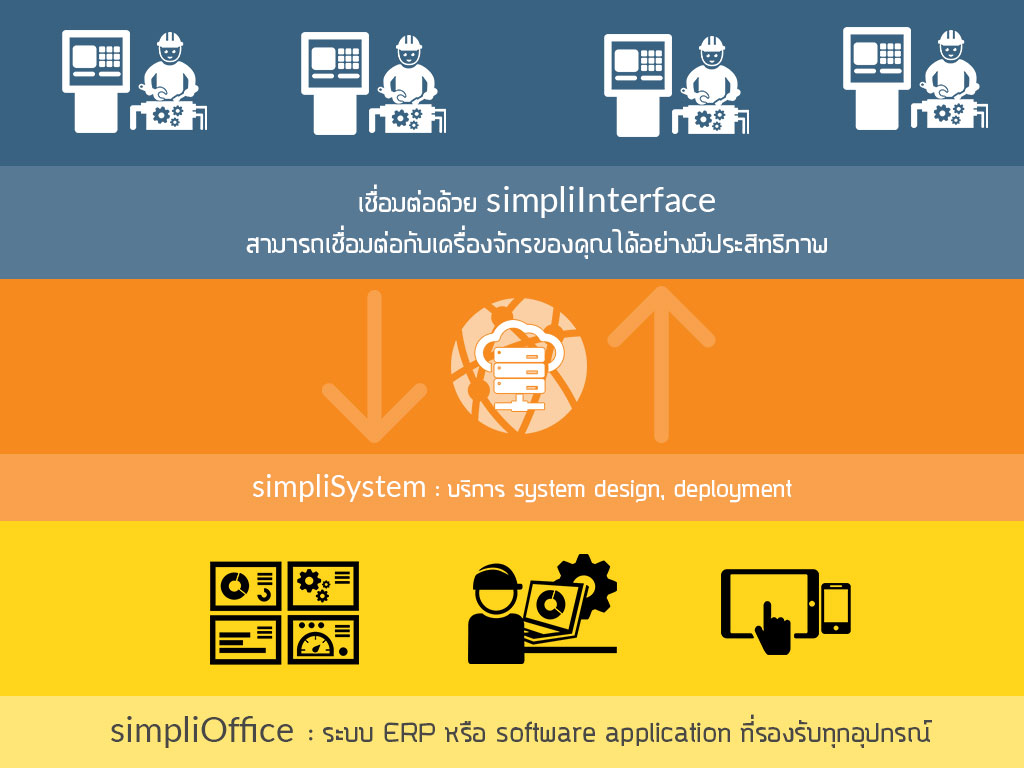How to Handle Complex Pricing for Made-to-Order Products in Odoo
If you sell custom-made products, you already know: pricing can get complicated—fast. Maybe it’s based on size, materials, special finishes, rush jobs, or just the fact that every order is a little bit different. The challenge? Trying to make all of that work smoothly in Odoo.
Let’s walk through what Odoo can (and can’t) do out of the box—and how to fill in the gaps when you need smarter, more flexible pricing.
What Odoo Does Well for MTO (Made-to-Order)
Odoo makes it pretty easy to set up made-to-order products. Just check a few boxes like:
- ✅ “Replenish on Order (MTO)”
- ✅ “Manufacture” or “Buy”
Then when a sales order comes in, Odoo will automatically trigger a manufacturing or purchase order to fulfill it. Great!
But the moment you add complex pricing to the mix, things start to feel… limited.
Where Things Get Tricky
If you sell products that are priced based on:
- Custom sizes (like banners or windows)
- Extra features (premium materials, coatings, etc.)
- Special services (design work, rush orders, certifications)
- Project-based pricing (customer-specific rates)
...then standard Odoo pricelists just aren’t enough.
You’ll quickly find yourself thinking, “Why can’t this price update based on the length and width the customer gave me?” Or, “Why do I have to manually calculate a setup fee every time?”
So, What Can You Do?
Here are a few practical options depending on how complex your pricing is.
1. Use Odoo Studio (for simple cases)
If you're using Odoo Enterprise, Studio lets you add custom fields and write simple pricing formulas without touching any code.
For example:
Add a “Length” and “Width” field to the sales order line
Multiply them to get the area
Multiply area by price per square meter
Add a rush order fee if needed
That works for basic stuff. But it breaks down quickly once your rules get more complex.
2. Build a Custom Module (for full control)
If you want pricing that just works based on your business logic—build it.
With a small custom module, you can:
- Add custom fields like dimensions, finishes, or order type
- Automatically calculate price per line item
- Pull in costs from the bill of materials (BoM) and apply markup
- Apply conditional surcharges (e.g., +\$50 if it’s a rush job)
Here’s a very basic example in code:
@api.onchange('length', 'width', 'rush_order')
def _compute_price_unit(self):
for line in self:
area = (line.length or 0) * (line.width or 0)
price = area * 12
if line.rush_order:
price += 50
line.price_unit = priceThis logic runs automatically when a user enters order info—no manual calculation needed.
3. Use a Product Configurator App
If you don’t want to build from scratch, Odoo has some great apps—like the OCA Product Configurator—that let you set up configurable products with rules and pricing logic.
You can define:
- Product options (colors, sizes, accessories)
- Conditions (if “X” is selected, add price “Y”)
- Automated line creation based on selections
This is perfect for businesses with product variations and custom features.
4. Calculate in a Spreadsheet (if all else fails)
For ultra-complex pricing (think 30+ variables or constantly changing rules), some companies still calculate prices in Excel or Google Sheets—then just copy the total into the sales order.
It’s not elegant, but it works—especially if you're mid-transition into a fully automated system.
The Real Power of Odoo: Flexibility
The best part about Odoo? You’re not stuck. Yes, the default MTO flow is pretty simple. But with a bit of customization or the right app, you can handle any pricing logic you throw at it.
If your team is wasting time doing math by hand, or if you're quoting custom jobs with spreadsheets and sticky notes, it’s time to let Odoo do the heavy lifting.
TL;DR — What to Do Next
| Your Case | What You Need |
|---|---|
| Simple pricing (area, quantity) | Odoo Studio |
| Moderate logic (rush fees, finishes) | Custom fields + Python logic |
| Complex options | Product Configurator module |
| Crazy complex rules | Use a spreadsheet temporarily, or build a smart app |
Final Thoughts
Custom pricing doesn’t have to mean complicated systems.
With the right setup in Odoo, your team can quote faster, avoid mistakes, and give your customers clear, consistent pricing—no matter how custom their order is.
Need help setting it up or customizing your flow? I’d be happy to talk through your use case.
Get in Touch with us
Related Posts
- Fine-Tuning 与 Prompt Engineering 有什么区别? —— 给中国企业的 AI 应用实战指南
- Fine-Tuning vs Prompt Engineering Explained
- 精准灌溉(Precision Irrigation)入门
- Introduction to Precision Irrigation
- 物联网传感器并不是智慧农业的核心——真正的挑战是“数据整合
- IoT Sensors Are Overrated — Data Integration Is the Real Challenge
- React / React Native 移动应用开发服务提案书(面向中国市场)
- Mobile App Development Using React & React Native
- 面向中国市场的 AI 垂直整合(AI Vertical Integration):帮助企业全面升级为高效率、数据驱动的智能组织
- AI Vertical Integration for Organizations
- 中国企业:2025 年 AI 落地的分步骤实用指南
- How Organizations Can Adopt AI Step-by-Step — Practical Guide for 2025
- 为什么中国企业正在加速采用「AI驱动的EV车队管理系统」
- EV Fleet Management SaaS with AI Optimization: The New Operating System for Modern Fleet Businesses
- 正在改变中国制造业的 7 大机器学习(Machine Learning)系统应用场景
- 7 Real-World Machine Learning System Use Cases Transforming Businesses & Factories
- LSTM洪水与水位预测:推动中国智慧水利和城市防汛的新一代AI技术
- Using LSTM for Flood Water-Level Prediction: How Deep Learning Helps Cities Respond Faster
- 用 AI 和自动化打造企业的降本增效体系(中国企业可操作指南)
- The Technical Blueprint Behind Custom Software and AI for Singapore Businesses





